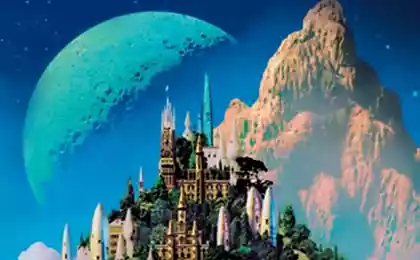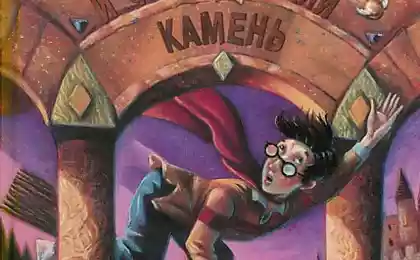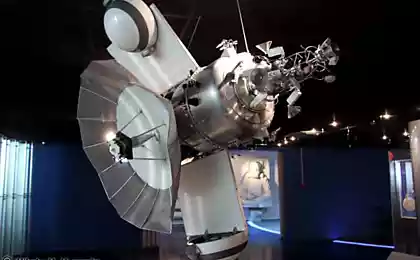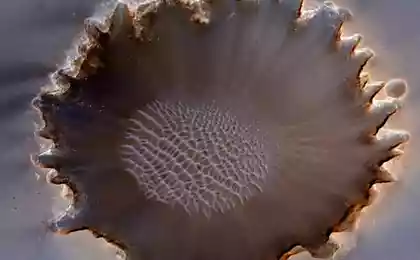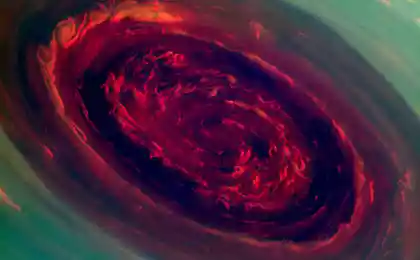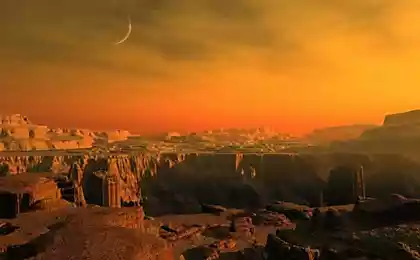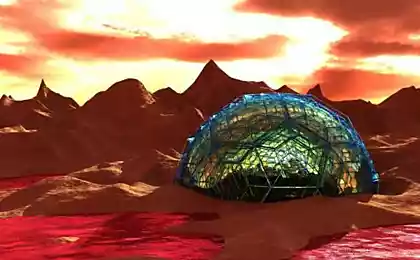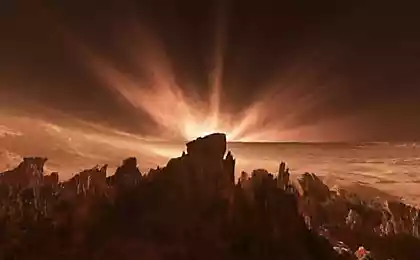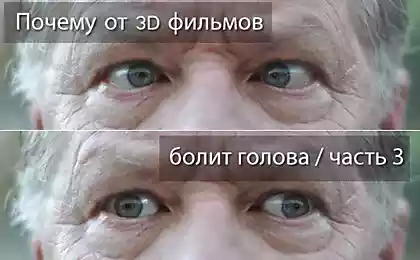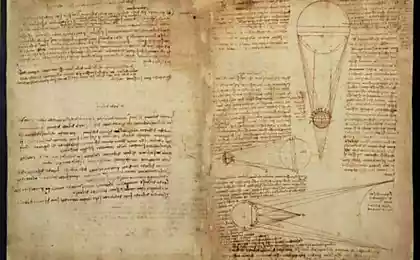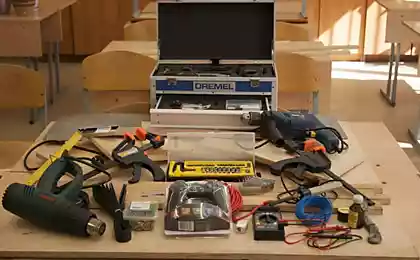720
The Martian Chronicles.
18 stunning photos, performed Mars Reconnaissance Orbiter.
More recently, the orbital Mars probe Mars Reconnaissance Orbiter transmitted to Earth a new batch of photos. These images of the Martian surface taken by the powerful camera HiRISE, the optical system which is a half-meter telescope. The camera is able to see the object of at least 30 centimeters with a height of about 300 kilometers.
via Lenta.ru
Double crater. Scientists believe that it could have been formed by successive fall of several fragments of a celestial body.
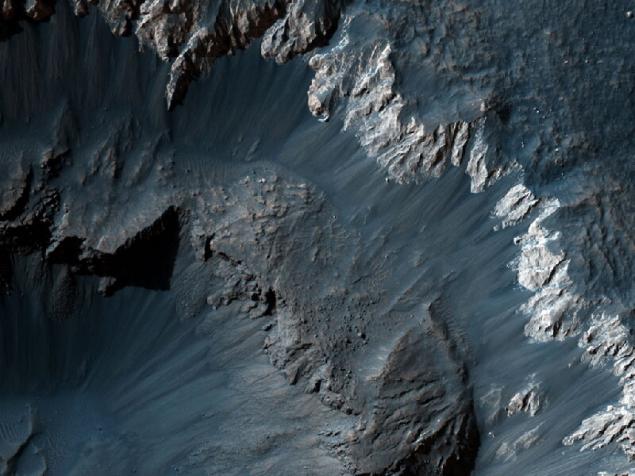
Ejected from the crater Gratteri matter
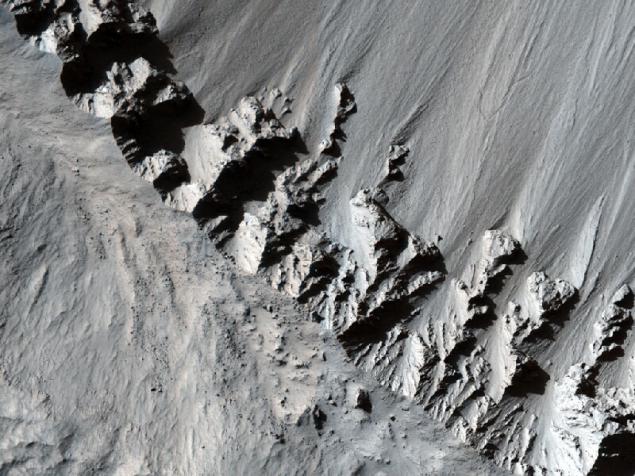
So look slopes of craters after work on them erosion
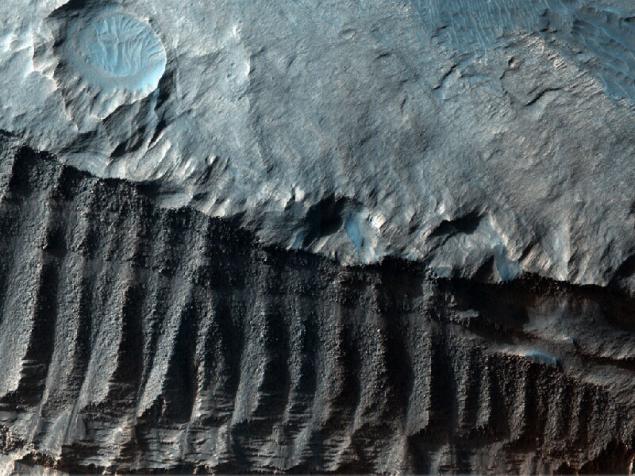
Gullies on the slopes of one of the craters. Similar education, according to scientists, are proof of the existence in the past on Mars liquid water.
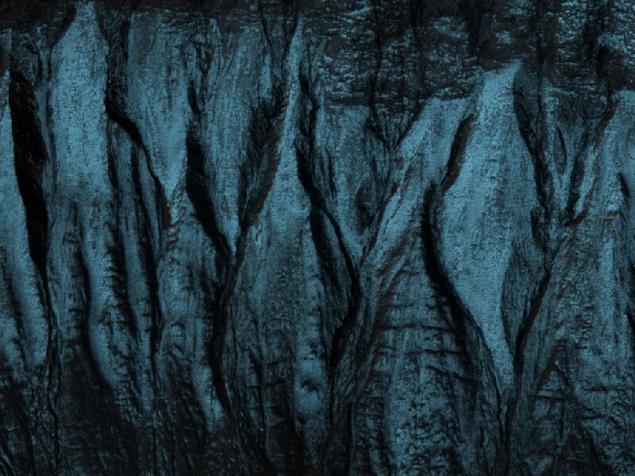
Small storm. Clearly visible trail that leaves the dust hopper on the Martian surface, as well as its shadow.
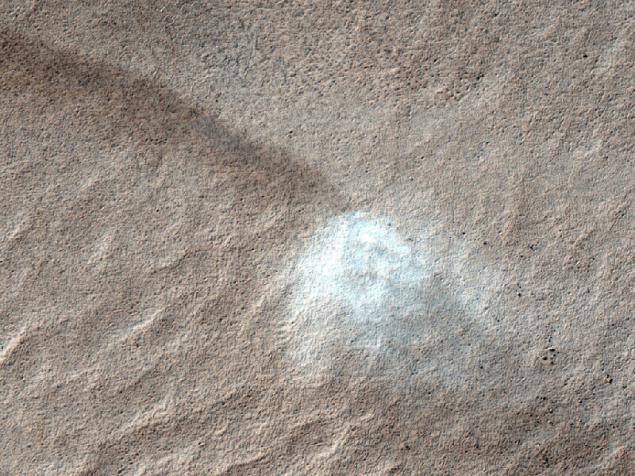
Victoria Crater. Picture taken at an angle so that you can see the structure on the slopes of this education.
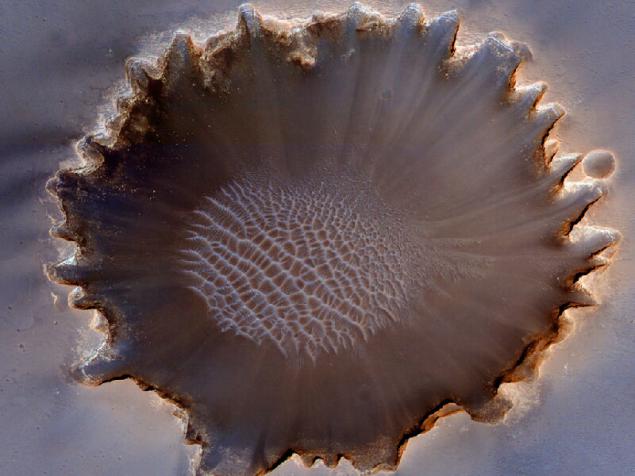
Just Martian soil
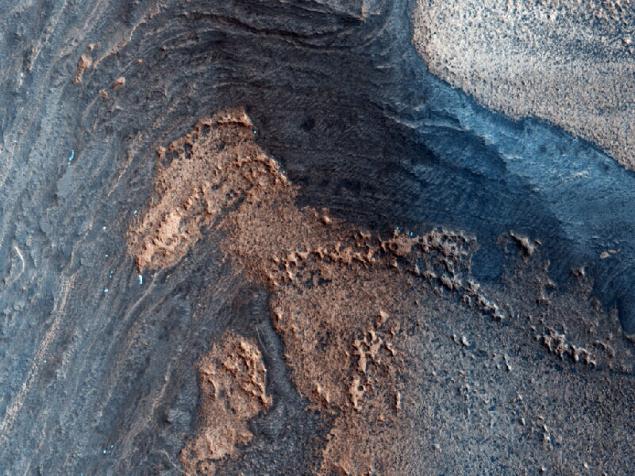
Stone Valley red planet
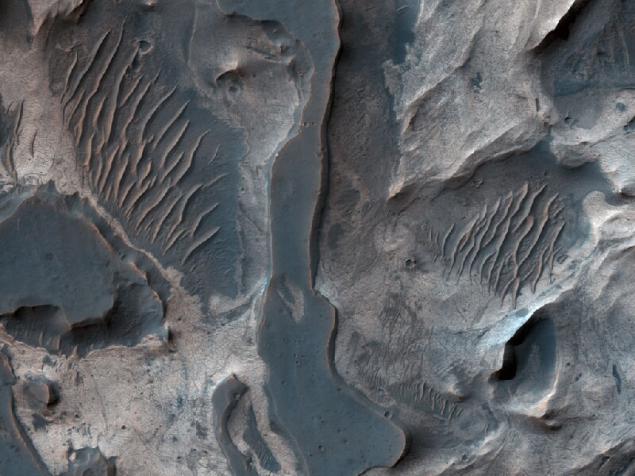
Dunes on Mars
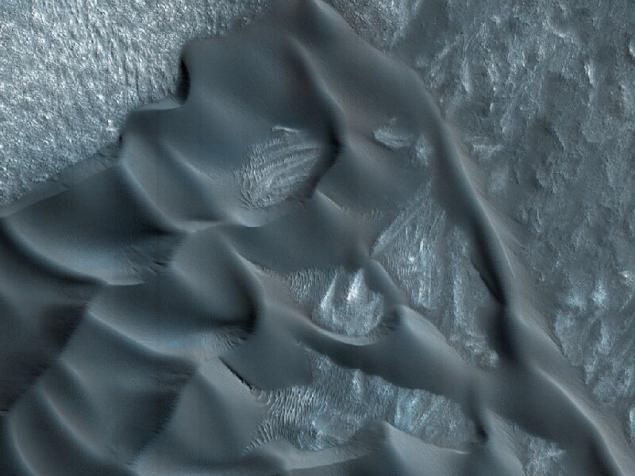
The wall of the crater. It is clearly visible geological structure of the soil
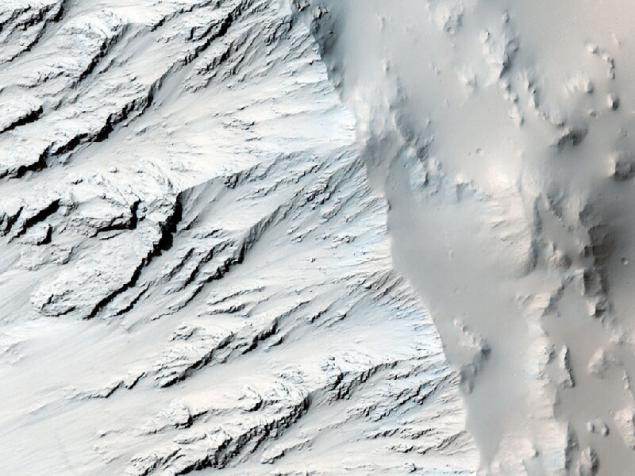
Another photo of the Martian rocks bright
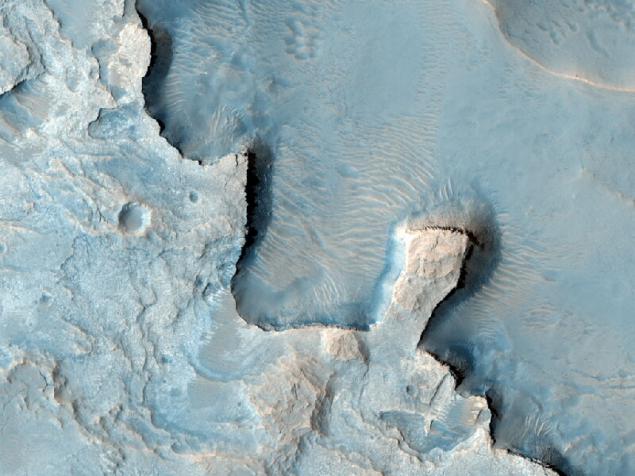
Small and very neat crater on the plain near the equator
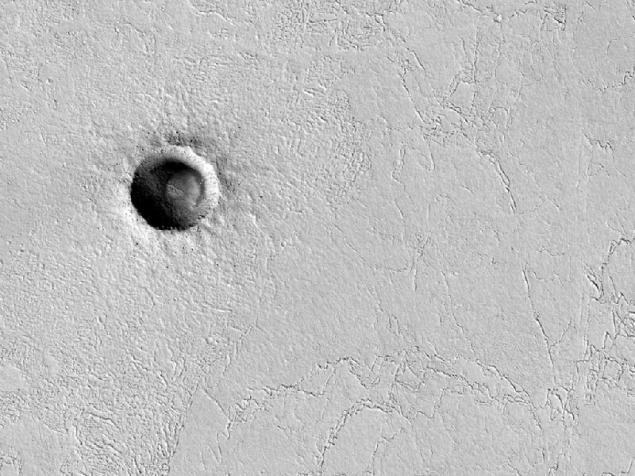
Another unusual geological formation
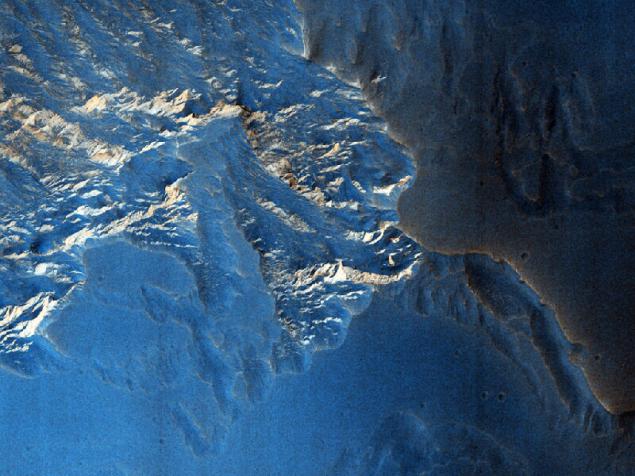
Snow cover in the north of Mars
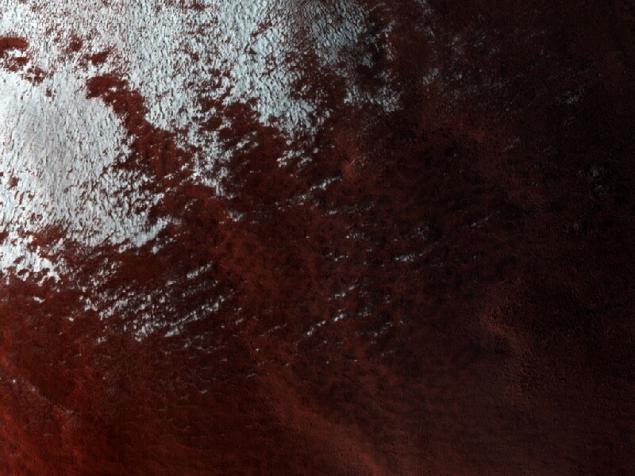
Long dunes in unusual lighting
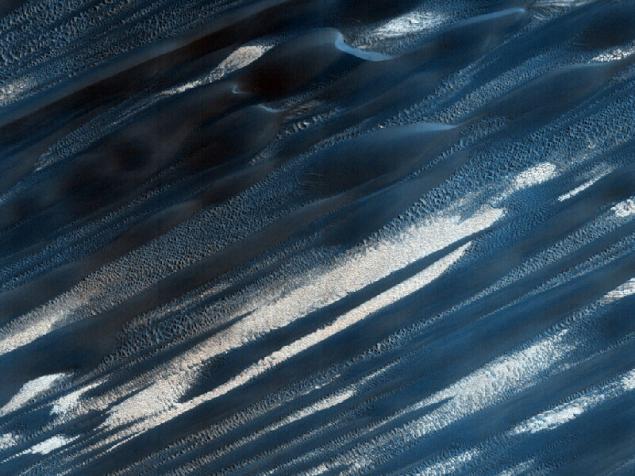
And these forms - dunes in the polar region of the Red Planet
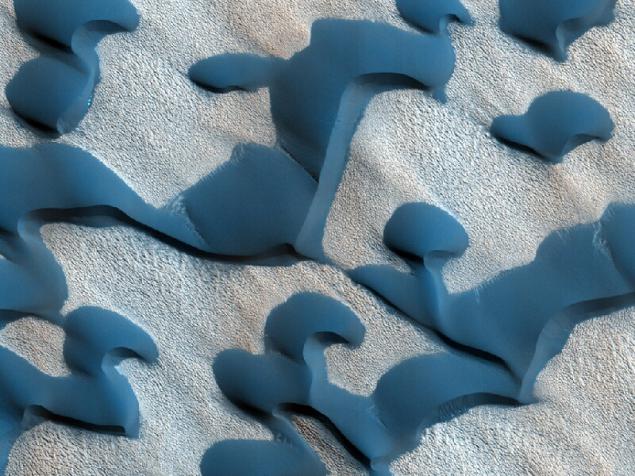
Again crater within a crater. In this it resembles the coloring deepest lake
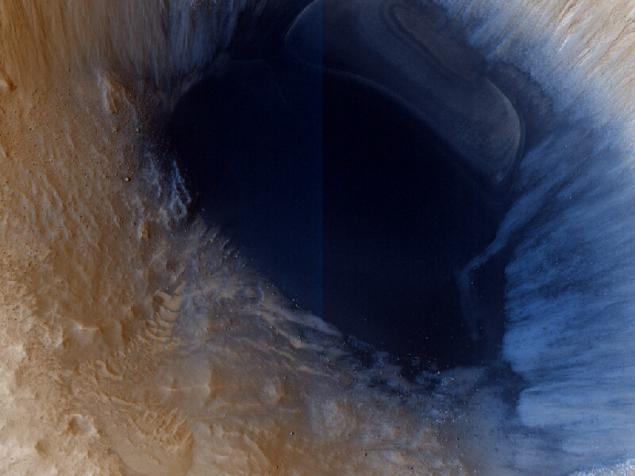
The last photo.
Unusual dunes, which are visible "hair" deposits.
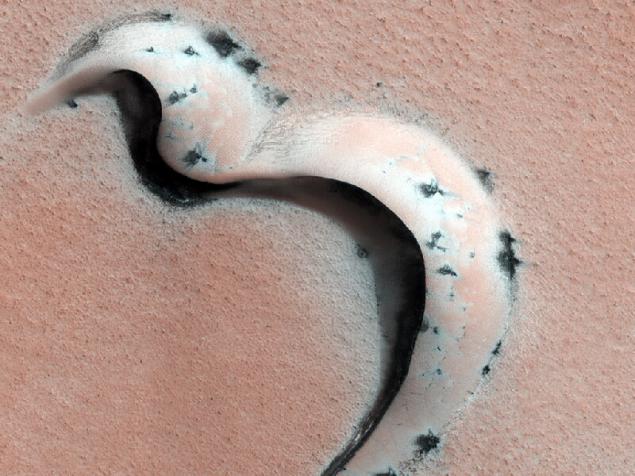
Addition to the last photo:
Orbiter NASA Mars Reconnaissance Orbiter photographed the major structures on the surface of Mars-like hair. This was reported in the press release published on the official website of the mission.
Photograph in question was made in February 2009, using a high resolution camera HiRISE. Area imprinted fragment of the Martian surface is about one square kilometer.
According to scientists, the "hair" are the result of the annual "spring thaw" frozen carbon dioxide that covers the region in the surface of Mars. In this CO2 passes directly from the solid to the gaseous state (so-called volatilization occurs). As a result of the gas jet, piercing ice sheet, bring to the surface a large number of Martian dust, which creates such unusual patterns.
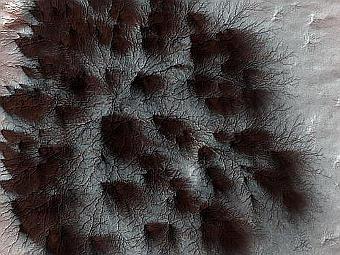
Source:
More recently, the orbital Mars probe Mars Reconnaissance Orbiter transmitted to Earth a new batch of photos. These images of the Martian surface taken by the powerful camera HiRISE, the optical system which is a half-meter telescope. The camera is able to see the object of at least 30 centimeters with a height of about 300 kilometers.
via Lenta.ru
Double crater. Scientists believe that it could have been formed by successive fall of several fragments of a celestial body.

Ejected from the crater Gratteri matter

So look slopes of craters after work on them erosion

Gullies on the slopes of one of the craters. Similar education, according to scientists, are proof of the existence in the past on Mars liquid water.

Small storm. Clearly visible trail that leaves the dust hopper on the Martian surface, as well as its shadow.

Victoria Crater. Picture taken at an angle so that you can see the structure on the slopes of this education.

Just Martian soil

Stone Valley red planet

Dunes on Mars

The wall of the crater. It is clearly visible geological structure of the soil

Another photo of the Martian rocks bright

Small and very neat crater on the plain near the equator

Another unusual geological formation

Snow cover in the north of Mars

Long dunes in unusual lighting

And these forms - dunes in the polar region of the Red Planet

Again crater within a crater. In this it resembles the coloring deepest lake

The last photo.
Unusual dunes, which are visible "hair" deposits.

Addition to the last photo:
Orbiter NASA Mars Reconnaissance Orbiter photographed the major structures on the surface of Mars-like hair. This was reported in the press release published on the official website of the mission.
Photograph in question was made in February 2009, using a high resolution camera HiRISE. Area imprinted fragment of the Martian surface is about one square kilometer.
According to scientists, the "hair" are the result of the annual "spring thaw" frozen carbon dioxide that covers the region in the surface of Mars. In this CO2 passes directly from the solid to the gaseous state (so-called volatilization occurs). As a result of the gas jet, piercing ice sheet, bring to the surface a large number of Martian dust, which creates such unusual patterns.

Source:
